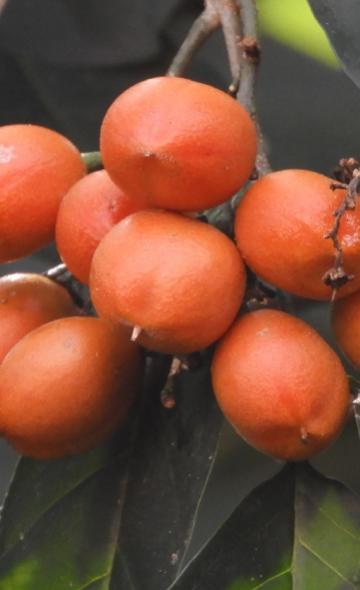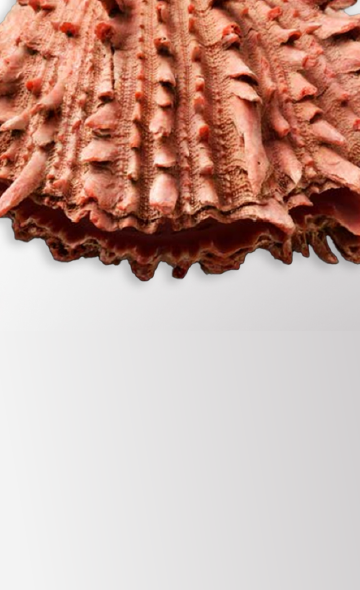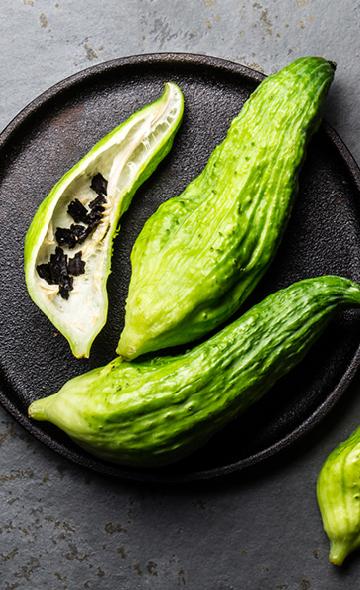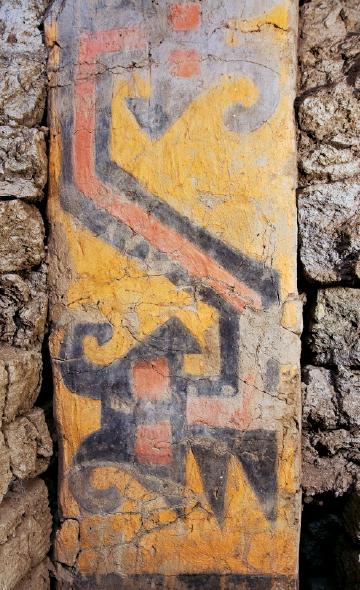- Visitors
- Researchers
- Students
- Community
- Information for the tourist
- Hours and fees
- How to get?
- Visitor Regulations
- Virtual tours
- Classic route
- Mystical route
- Specialized route
- Site museum
- Know the town
- Cultural Spaces
- Cao Museum
- Huaca Cao Viejo
- Huaca Prieta
- Huaca Cortada
- Ceremonial Well
- Walls
- Play at home
- Puzzle
- Trivia
- Memorize
- Crosswords
- Alphabet soup
- Crafts
- Pac-Man Moche
- Workshops and Inventory
- Micro-workshops
- Collections inventory
- News
- Students
- Andean Food Series: The friar's plum
News
CategoriesSelect the category you want to see:
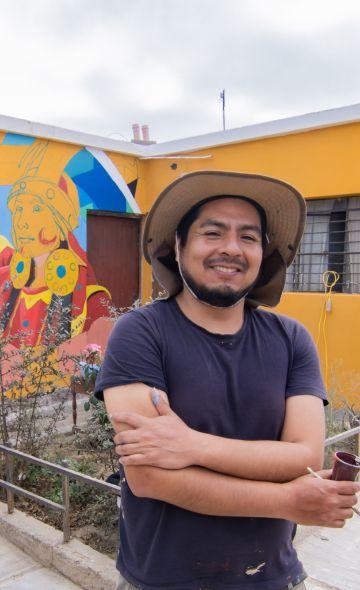
Magdalena de Cao to Once Again Host an International Mural Art Gathering ...
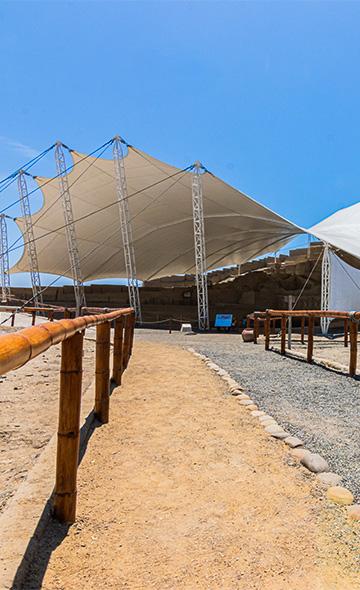
Explore El Brujo Through Virtual Tours: Culture and History at a Click ...
To receive new news.
By: Complejo Arqueológico El Brujo
The friar's plum, also known as cansaboca, ushum or usuma (Bunchosia armeniaca), is a tree or shrub native to Peru and various zones in the Andean area. The fruits of this tree have a fleshy and reddish pulp, with an olive-green skin and a sweet taste (according to Mostacero et al., 2009: 442-443). In the Lambayeque region, its inhabitants refer to the friar's plum as "cansaboca" (mouth-tiring, in Spanish), due to the difficulty of consuming the ripe fruits directly and extracting its two seeds.
Properties & Uses of the Friar's Plum
According to the National Center for Food and Nutrition, it contains 21.58 mg of carbohydrates, 20 mg of calcium, 53 mg of phosphorus and 36.8 mg of vitamin C. The friar's plum grows at altitudes ranging from 1,500 to 2,400 meters above sea level.
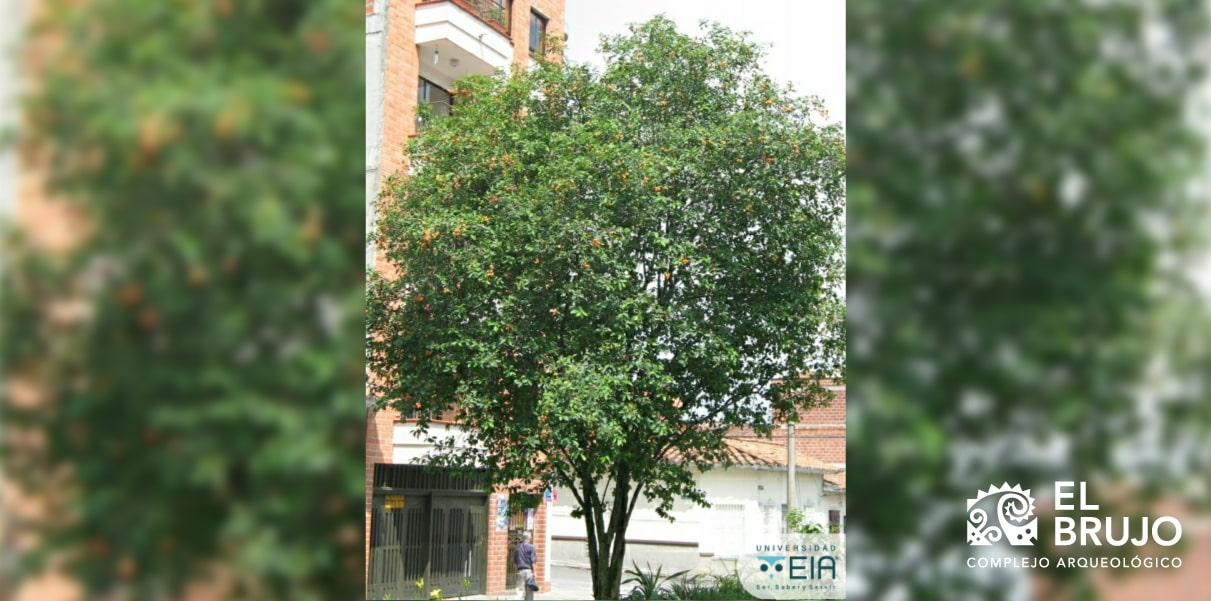
These fruits are suitable for the production of juices, jams, jellies and preserves. As for its external use, it is usually used for the disinfection of wounds, the reduction of inflammation in contusions and bruises, aside from relieving capillary irritation. It is recommended to crush the fresh leaves to relieve muscle and joint pain, along with the fresh plantago leaves.
Friar's plum demonstrates antibacterial activity against Staphylococcus aureus, Escherichia coli (E. coli) and Pseudomonas aeruginosa (P. aeruginosa). Aside from these properties, it contributes to the prevention of blood clotting, the regulation of intestinal transit and the improvement of the absorption of nutrients present in food.
Evidence in the Ancient Peruvian History
The earliest evidence of friar's plum was found in excavations of the pre-ceramic villages of the locality of Nanchoc, in the Zaña valley (Rossen et al., 1996: 398), and comes from about 7,214 BC. Inside the El Brujo Archaeological Complex, in the famous Huaca Prieta, Junius Bird found remains of this fruit in the deepest layers of the site he found, estimated at 2,899-2,753 B.C.
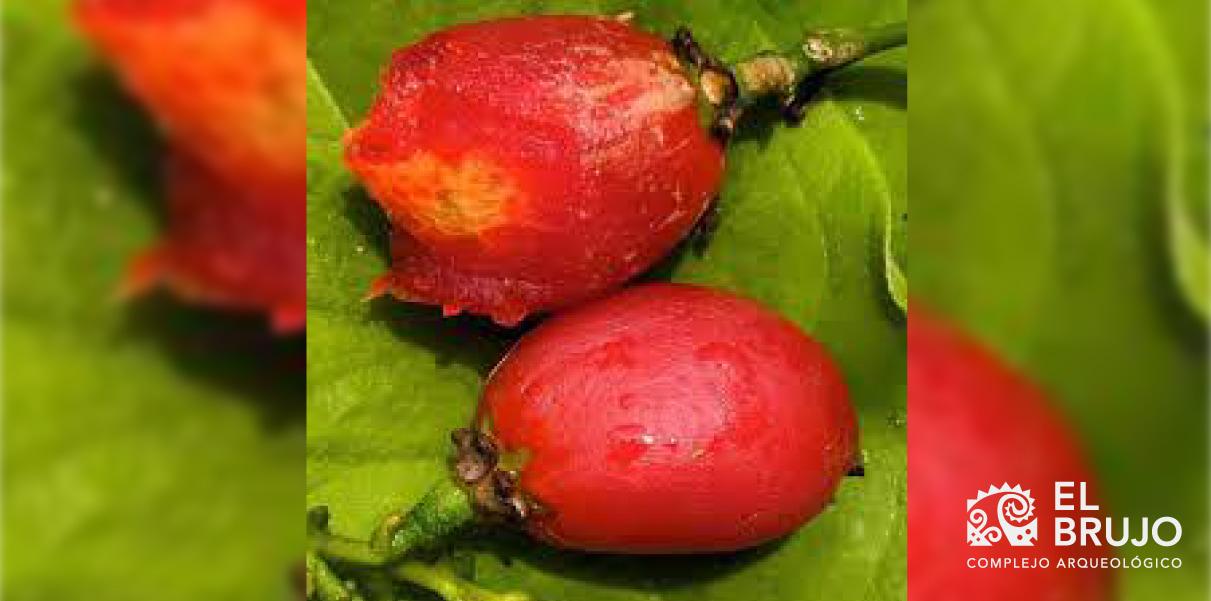
This leads specialists to think that its domestication, that is, the ability to sow, cultivate and harvest this species, occurred only around 3,000 B.C.
The friar's plum was also consumed by the ancient Mochica. Pozorski and Pozorski (2003: 125) have documented "cansaboca" at the Huaca del Sol site in the Mochica context, emphasizing that the fruits come from a cultivated tree.
The Chimú (1,470-1,523 A.D.) also consumed this food. Perry (2002: 337) reports the presence of remains at the Manchán site, in the Casma Valley.
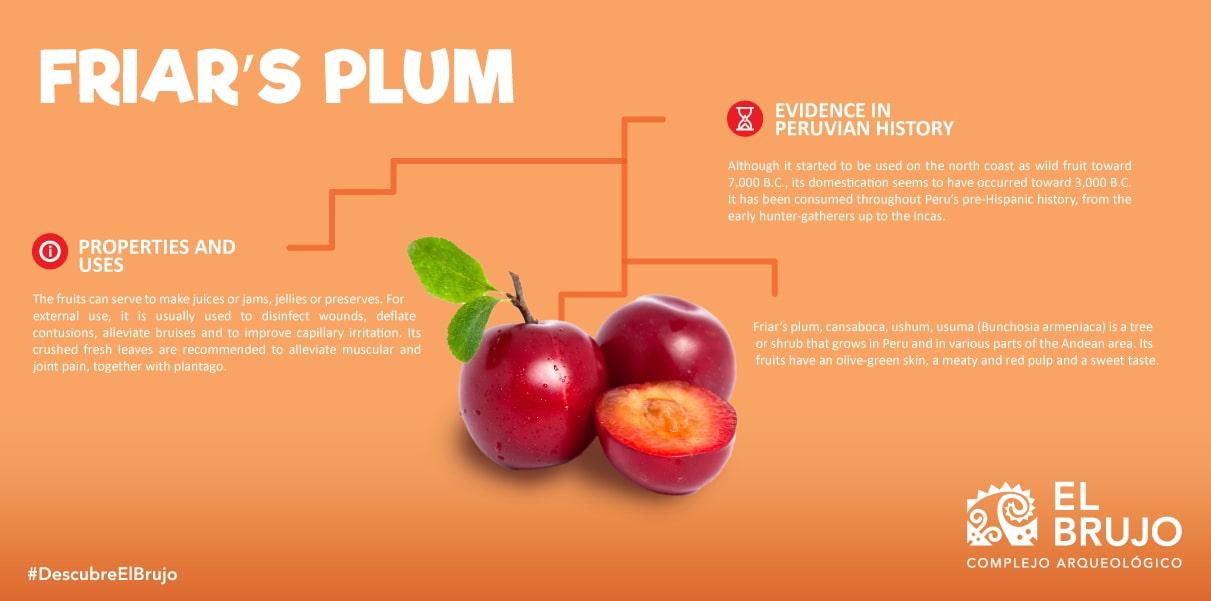
You can also read:
1. Andean Food Series: Cherimoya
3. Andean Food Series: Suco (Peruvian banded croaker)
Bibliography
- BRACK, Antonio. 2012. Dictionary of fruits of Peru. 1st edition.
- LEON, Elmo. 2013. 14,000 years of food in Peru. Lima: USMP.
- MOSTACERO, José. 2009. Phanerogams of Peru: Taxonomy, Utility and Eco Geography.
- PERRY, Linda. 2002. "Starch Granule Size and the Domestication of Manioc (Manihot esculenta) and Sweet potato (pomoea batatas)". Economic Botany 56 (4): 335-349.
- POZORSKI, Shelia and Thomas POZORSKI. 2003. "Residential Architecture and the Subsistence of the Moche Site Inhabitants: Evidence Recovered by the Chan Chan – Moche Valley Project." Moche. Towards the end of the millennium. Proceedings of the Second Colloquium on Moche Culture. Santiago Uceda and Elias Mujica, eds. Universidad Nacional de Trujillo and Pontificia Universidad Católica del Perú, pp. 119-150.
- ROSSEN, Jack; DILLEHAY, Tom; UGENT, Donald. 1996. Ancient Cultigens or Modern Intrusions?: Evaluating Plant Remains in an Andean Case Study. Journal of Archaeological Science 23(3): 391-407
Students , outstanding news


